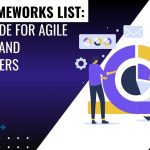Learn how selecting the right Agile framework will also lessen complex process, improve collaboration and increase agility so that Agile practices can be managed successfully of for achieving a specific goal.

Traditional approaches to work are no longer effective in most organizational practices due to the adoption of adaptive approaches such as agility. However, as the organizations expand, extending Agile beyond a particular group constitutes a major hurdle. Here, Scaled Agile Frameworks step in to provide a framework to guide how Agile practices in a project to complement the coordination of multiple teams and or organization’s strategic plans. For a strategic comparison, you must know how different scaled agile frameworks stack up.
Selecting the appropriate model is a function of the organization’s requirements and its teams and objectives. The right agile framework is invaluable when planning for change – whether for enterprise transformation or for improving the service of multiple cross-functional teams – as they allow for both flexibility and scope.
Here, we will elaborate of each of the six types of Scaled Agile Frameworks including their key components, business effects and possible applications to guide those who are involved in planning Agile endeavours. Let’s dive in!
What Does Scaling Agile Mean?
Scaling Agile means stretching your Agile practices on every team in the organization until all teams are fully into Agility. With this, Agile has gone from being used by only the software development or IT department teams to now being in use in the whole organization, even the management.
With Agile at Scale, you get benefits like:
- Teams are now more adaptable
- They are easily flexible
- They are more focused on customer satisfaction.
What for? You need to respond quickly to customer needs, have consistency in development and deliver products of high quality faster.
When Agile gets scaled the right way, it enables every team to embrace autonomy, transparency, and accountability while working towards aligned company goals.
The Real Challenges in Scaling Agile
When you are Scaling Agile, you will discover that it involves a lot of things. Activities range from selecting the right agile framework to changing the mindset of your company. The real challenge lies in fostering a culture of trust, transparency and empowerment among team members. Here are the main challenges you might encounter:
- Decentralizing decision-making: Promoting group initiative.
- Convergence: Assuring that all parties are aware of the strategic objectives.
- Managing dependencies: Strikes a balance between a team’s autonomy and the requirement for cooperation.
- Leadership transitions: Managers become servant leaders instead of micromanagers.
- Changing the way you work: Switch from Agile cycles to traditional project management.
These challenges are not a joke, but they are not impossible to counter. ValueX2 offers the proper training for you, all you need is to embrace patience and be willing to learn from mistakes. After you are certified, you can scale Agile across your organization with ease.
Top 6 Scaled Agile Frameworks
The concept of agility has revolutionized software development as well as project management. Nevertheless, the problem arises on how to scale Agile across the organization as the company becomes large with multiple teams, departments, or the whole enterprise. It is at this point that right Agile frameworks come in handy. Six concepts in specific are discussed below to outline what they include, how they are applied, and what business implications they have.
Check Out the SAFe Certifications Available on ValueX2
1. SAFe (Scaled Agile Framework)
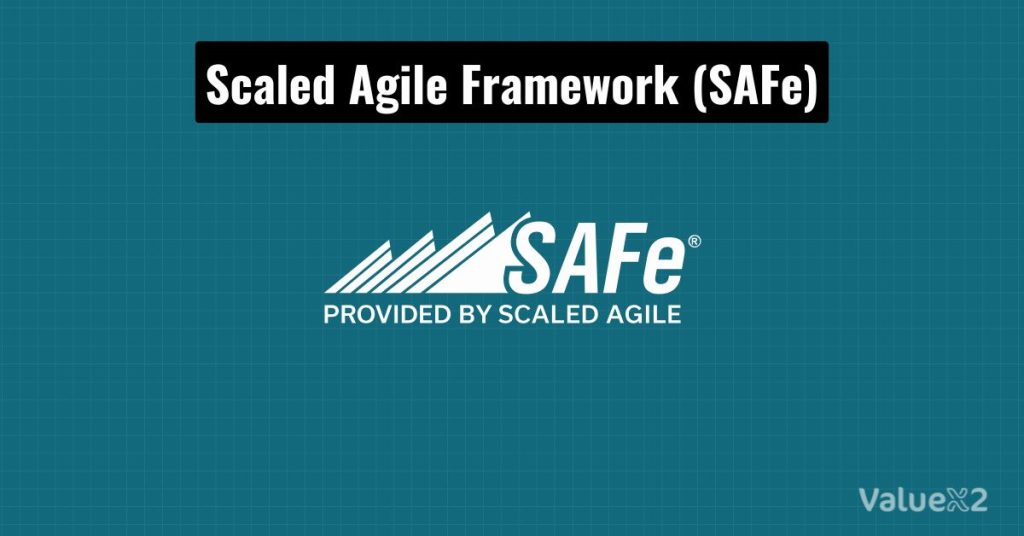
SAFe (Scaled Agile Framework) is a comprehensive and popular approach for scaling Agile within large organizations at this time. Created by Dean Leffingwell, it combines Lean, Agile and DevOps methodologies practices.
Core Features:
Lean-Agile Mindset: It fosters customer-oriented organization, learning organization, and value-creating organization.
Four Configurations:
Essential SAFe: Initial thematic archeticture for teaming.
Portfolio SAFe: Ties plans at the organizational strategy level and the operational/tactical level.
Large Solution SAFe: Manages solutions with multiple ARTs, Agile Release Trains.
Full SAFe: The integration of LMS throughout a large comprehensive enterprise level application.
Program Increments (PI): Team works in coordinated increments, thus, the life cycles of the teams align with business requirements.
Agile Release Trains (ARTs): Co-ordination arrangements amongst multiple teams.
Business Impact:
Supports cross functional integration of the various teams, shareholders and the overall strategic plan of the organization.
Enhances cycle times through rationalisation of activities and integration.
Compliance combined with flexibility helps in governing the organization.
Best For:
Any organisation of a large scale needs ERP integration across different sophisticated departments and arms of the organization.
2. LeSS (Large-Scale Scrum)
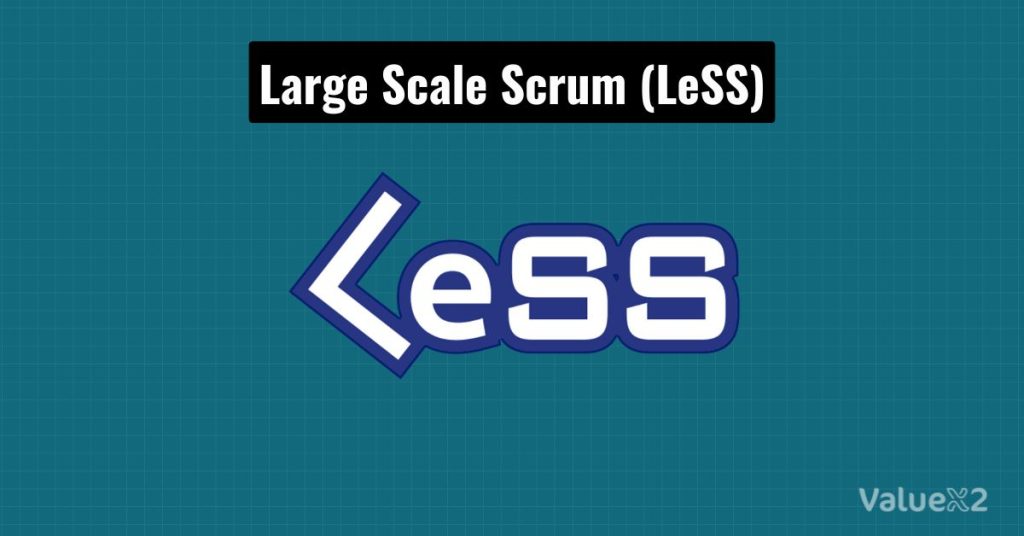
Agile Scrum is a scaled framework of developing and managing projects in large-scale, multi-teams environment known as Large-Scale Scrum (LeSS). Its approach is based upon minimal additions and changes while keeping as close as possible to the Scrum framework.
Core Features:
One Product Backlog: There will be one backlog for all the teams to see which will make the working and the expectations so much clearer from team to team.
Lightweight Structure: Few processes and tools with a concentration on fundamental Scrum techniques.
Two Frameworks:
Basic LeSS: Designed for 2-8 teams.
LeSS Huge: To be able to handle even more complex arrangements, it generates multiple Requirement Areas.
Customer-Centricity: Make all related team efforts focus on the end-users need.
Business Impact:
There is only one product backlog that is more authoritative and promotes a single vision.
Simplify the organization thus helping get rid of waste and reduce on duplication.
Strengthen the corporate governance by underlining customer results.
Best For:
Businesses that want to center Agile around client needs with low overhead at a large company’s pace.
3. Disciplined Agile (DA)
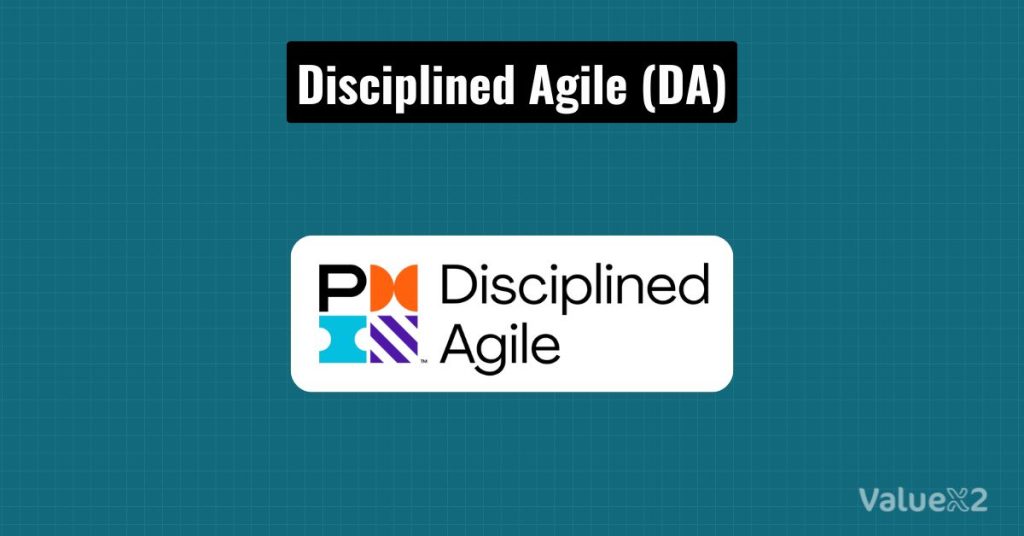
Disciplined Agile (DA) is an integration of ideas that is designed for the whole value stream of an organization rather than just software development.
Core Features:
Toolkit Over Framework: This avoids typing rules like a rubber stamp and provides practical legal and/or best recommendations instead.
Lifecycle Models: Compliant equally with the Agile, Lean, iterative, and traditional processes, working methodologies.
Goal-Driven Decision Making: Categorised more on the basis of how they achieve their organisational goals.
Process Blending: It integrates the elements familiar from Scrum, Kanban, SAFe, Lean.
Business Impact:
Scalability to integrate /apply Agile to different business environments.
Shakes a pragmatic, practical utilitarian approach to problem-solving.
Develops a system of unique strategies that improve cooperation between different departments.
Best For:
Small to large organizations with different working methods in search of an intermediate Agile model.
4. Nexus Framework
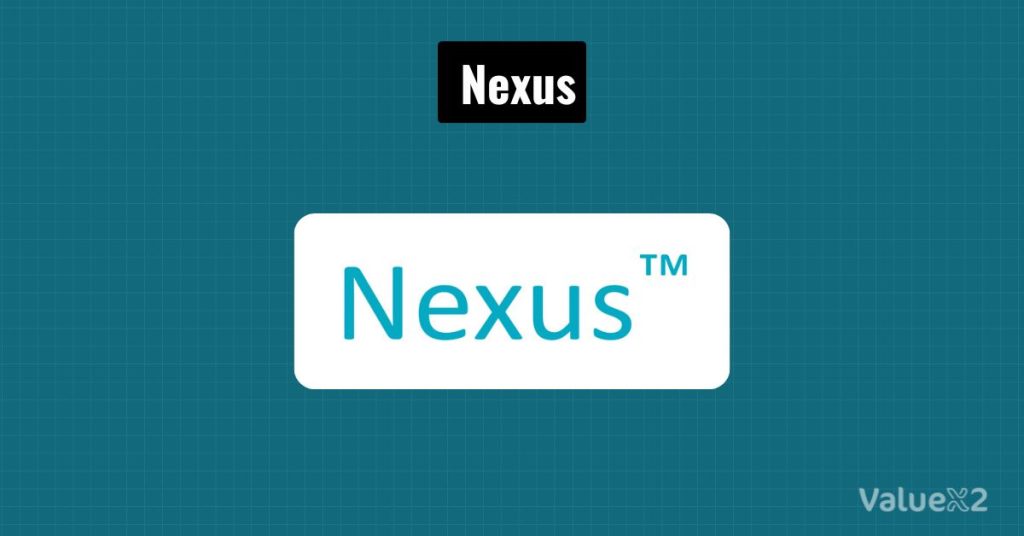
The Trilogy Model has its foundation in scaling Scrum for projects, and Ken Schwaber designed the Nexus Framework. Nexus is more about the integration of teams and the goal is to produce a singular product.
Core Features:
Nexus Integration Team (NIT): Gathers working relations between teams to discuss integration problems.
Minimal Framework Additions: Only the necessary practices are added on top of the Scrum’s core elements.
Integrated Events: Aligns Scrum events such as Sprint Planning and Retrospectives, across the teams.
Focus on Dependencies: Comes up with possible inter-team dependencies and tries to solve them.
Business Impact:
The ability to integrate Scrum outputs coming from 3-9 Scrum teams.
Keeps Scrum flexible at the same time tackling challenges of scaling.
Optimizes dependency because it increases system productivity.
Best For:
Scrum-based organisations that are seeking for a mass-scale solution for several teams handling a large project.
5. Enterprise Kanban (Portfolio Kanban)
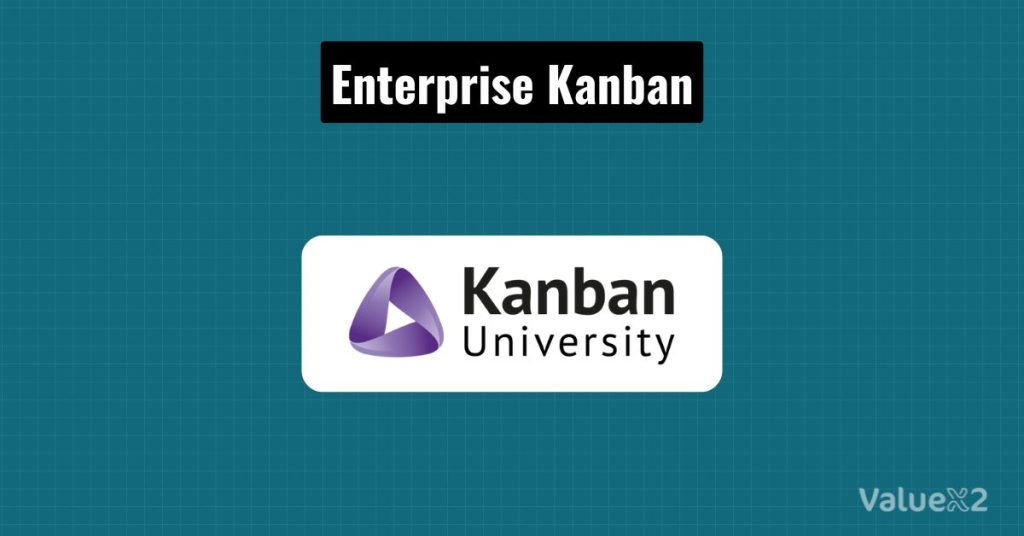
Portfolio Kanban or Enterprise Kanban is the implementation of the Kanban system on large Agile processes.
Core Features:
Visual Workflow Management: Uses agile physical boards or cards for tracking progress at the team, and project portfolio levels.
WIP Limits: This minimises work in progress to avoid constraining a certain stage of the work by filling it with too much work from other stages.
Flow Optimization: Is particularly centered on value circulation.
Data-Driven Insights: Extracts productivity quality measures like lead time and cycle time and makes decisions on them.
Business Impact:
Positively impacts portfolio accumulation and recognition of job and project progress.
Helps to avoid possible delays arising from handling of various workloads and prioritizing them.
Promotes developmental striving, a concept that relates well with analyzing data to enhance the organizational developmental process.
Best For:
Companies seeking to achieve the desired level of organizational performance through Lean solutions.
6. Scrum@Scale
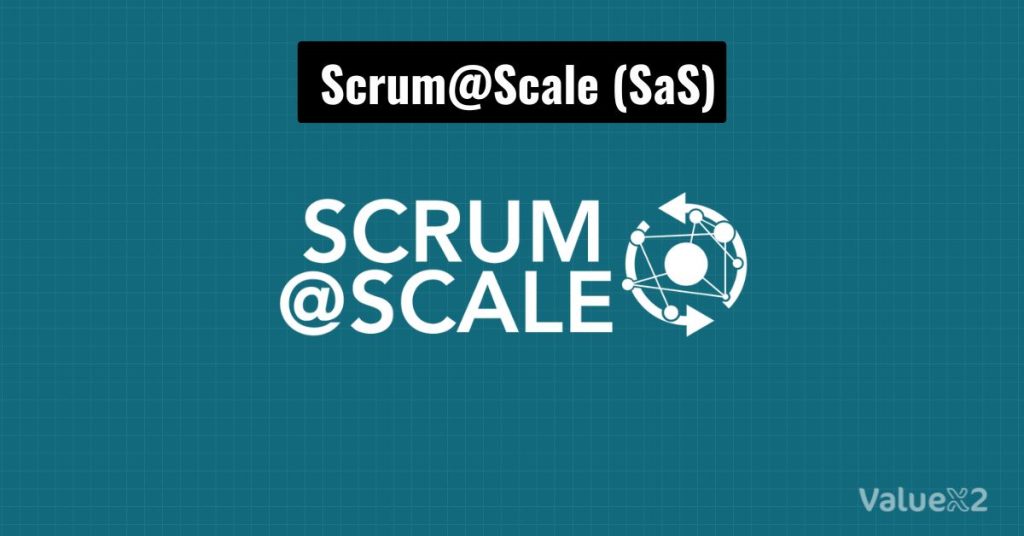
Scrum@Scale is an approach developed by Jeff Sutherland, one of the co-creation of Scrum. He applies Scrum practices to teams but with a special emphasis on the scale and the modularity required to achieve that.
Core Features:
Scrum of Scrums (SoS): There is improved communication and flow of information across a diverse network of people within an organization.
Executive MetaScrum: It helps align with their business objectives at the first enterprise level.
Scalable and Modular: Enables organizations to implement Scrum within processes step by step.
Double Loop Feedback: It enforces the learning process at all levels with learning and adaptation.
Business Impact:
Reduces the centralized decisions in order to facilitate quick solutions.
Promotes creativity through the independent control of the team members.
Enhances operational coordination in the nexus between organizational-level planning and team-level implementation.
Best For:
Entreprises need a more componentized approach, to build from the Scrum practices without jeopardizing flexibility.
| Framework | Best For | Core Focus | Unique Features |
| SAFe (Scaled Agile Framework) | Large enterprises | Lean, Agile, and DevOps | Multiple layers (Team, Program, Portfolio) |
| LeSS (Large Scale Scrum) | Medium to large teams | Simplifying Scrum | Focus on de-scaling complexity |
| Scrum@Scale | Small to medium teams | Scrum principles | Modular, adaptable to various projects |
| Nexus | Cross-functional teams | Scaling Scrum | Emphasizes transparency and accountability |
| Disciplined Agile (DA) | Enterprises with multiple frameworks | Customizing agile to business needs | A hybrid of agile and lean methodologies |
| Enterprise Kanban | Organizations seeking visual management | Continuous flow and improvement | Focuses on visualizing workflow and limiting WIP |
For firms that are already familiar with Lean principles, Kanban works best.
How To Pick The Right Agile Framework for Your Business
Now that you are informed about the six popular frameworks, here is how you know which is the right Agile framework for you:
- Evaluate the level of Agile maturity you now possess: Do you currently manage more than one Agile team, or are you just getting started?
- Think about the size of your business: While smaller firms might prefer LeSS or Scrum@Scale, larger ones might benefit from SAFe or Disciplined Agile.
- Assess your main obstacles: What is needed on priority: better dependency management, reduced overhead, or more structure?
- Select according to your long-term objectives: Frameworks like SAFe and DA are designed to help you achieve enterprise-wide agility when scaling beyond product delivery.
Do you need personalized advice? Contact ValueX2’s experts!
Upcoming ValueX2 Training
Are you looking for the right Agile framework? Do it with us! Do not miss out on this opportunity to go on a captivating career-changing journey, with our globally known Agile certifications. Check out our courses and get started immediately.
When you choose the right Agile framework and get the right training, you can now walk through the hardships of scaling Agile with confidence. Are you ready to take the next step? Join ValueX2 today and carry your Agile transformation further.
Conclusion
Essentially, the success of scaling Agile initiatives is anchored on the ability of choosing the right Agile framework that suits the organization’s overall objectives, team dimensions and operation dynamics. While SAFe provides a comprehensive and elaborate method, LeSS and Scrum@Scale are easy and scalable. While Disciplined Agile is about agility for various types of industries, Nexus, and Enterprise Kanban are focused mainly on integration and flow.
Thus, receiving an understanding of these frameworks, companies are free to achieve scalability, using such an approach, thus, keeping the essence of Agile values, working fast, and improving constantly in a competitive environment.
FAQs
Q: Can we mix frameworks?
A: Yes! Many organizations as they start, they start with one framework as they scale into other advanced options with the blend. Like Disciplined Agile, it allows integration with other frameworks.
Q: Is Agile at scale only for software development teams?
A: Not really, scaling Agile tends to be applied all through different teams like HR, marketing and even the leadership teams.
Q: How long does it take to scale Agile?
A: The length of time depends on the size, commitment, and current culture of your firm. That can take several months or years, based on your objectives.
Q: Does implementing a framework ensure success?
A: No, right Agile framework only serves as a guide; culture, mindset, and constant practice are what lead to success.
Q: Where do I go to learn how to use these frames?
A: ValueX2 is an organisation that helps businesses to not only learn about Agile but also how to use it to enhance and grow their organisation with the help of the right Agile Framework. Here at ValueX2, you may register for specialist Agile courses!

Bhavna is an Agile Coach and Consultant with 15+ years of experience in advisory, corporate finance, IT assurance, and operations at Big 4 and within the industry in the UK and India. She has recently been the CEO of a start-up where she implemented agile practices within HR, Marketing, and Product teams.
She is also a SAFe® Practice Consultant (SPC) and authorized instructor for ICAgile Agility in HR (ICP-AHR), Agility in Marketing (ICP-MKG), and Business Agility Foundations (ICP – BAF) training courses. She provides training for agile transformation to corporate, public, and private batches, as well as consulting for enterprise agile transformation.






